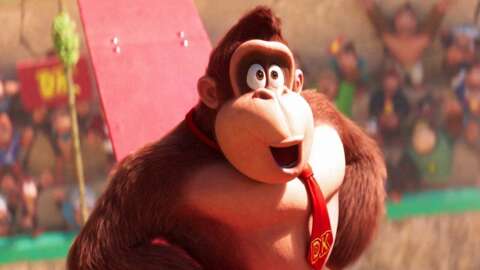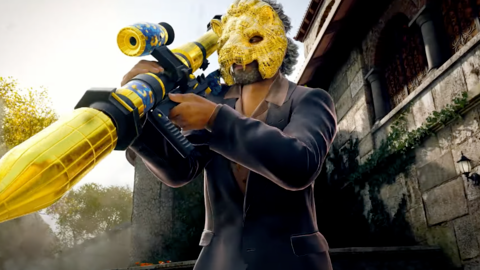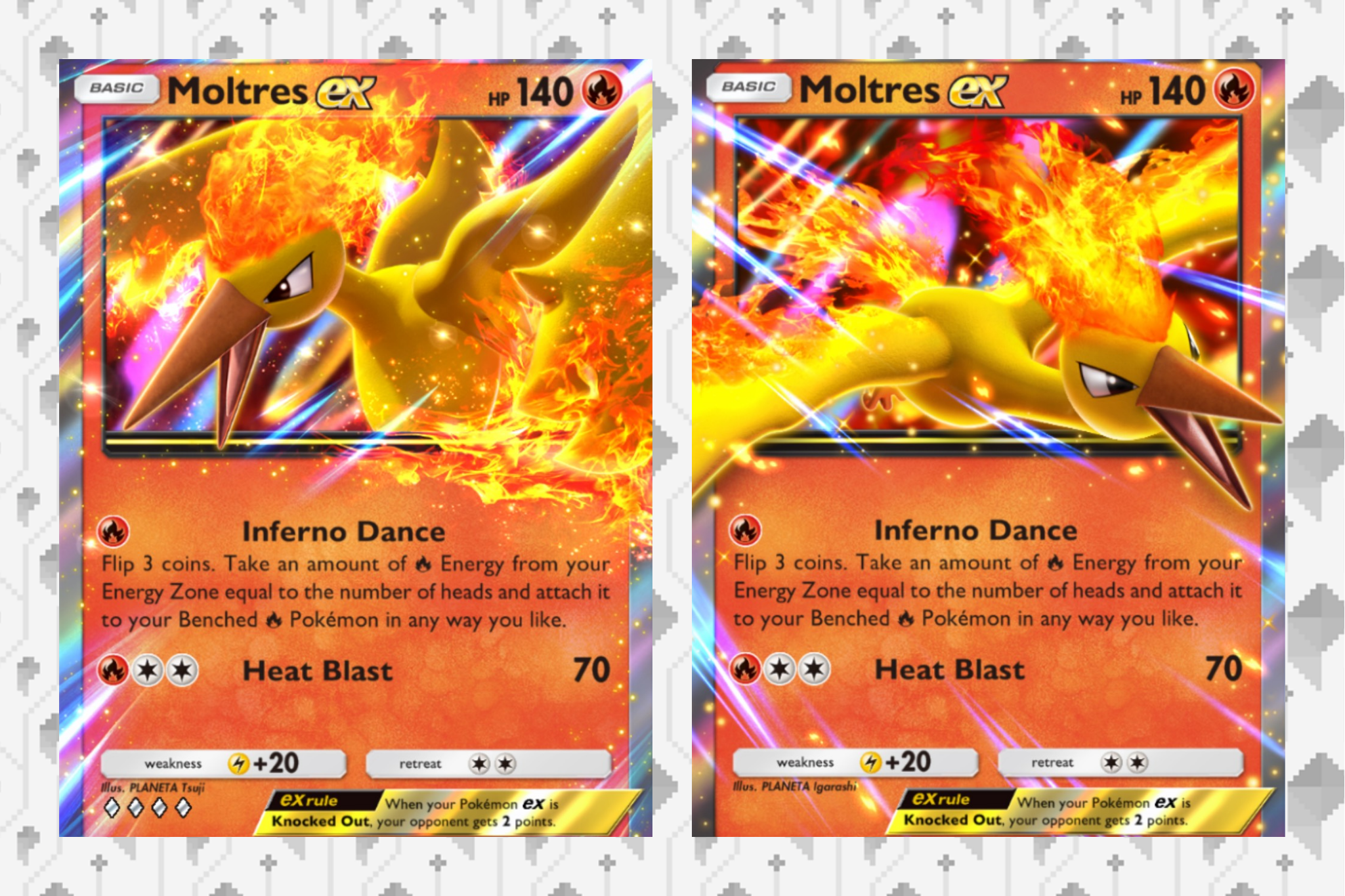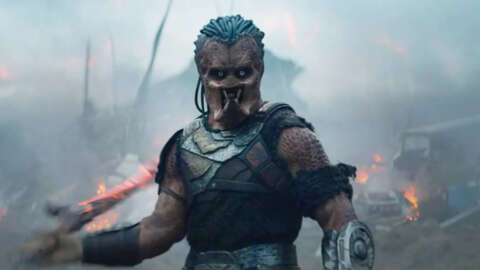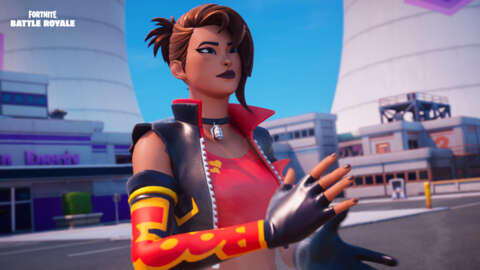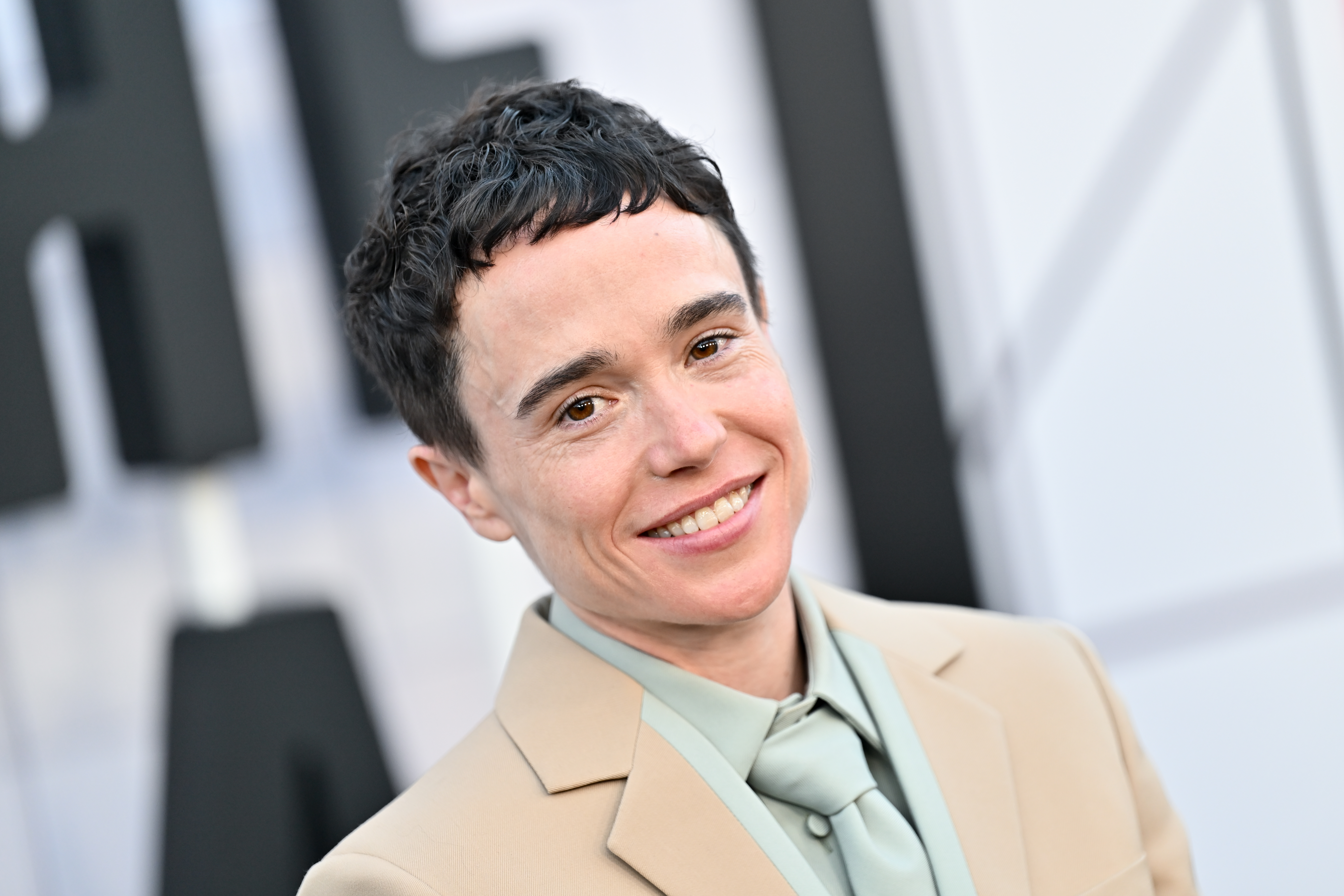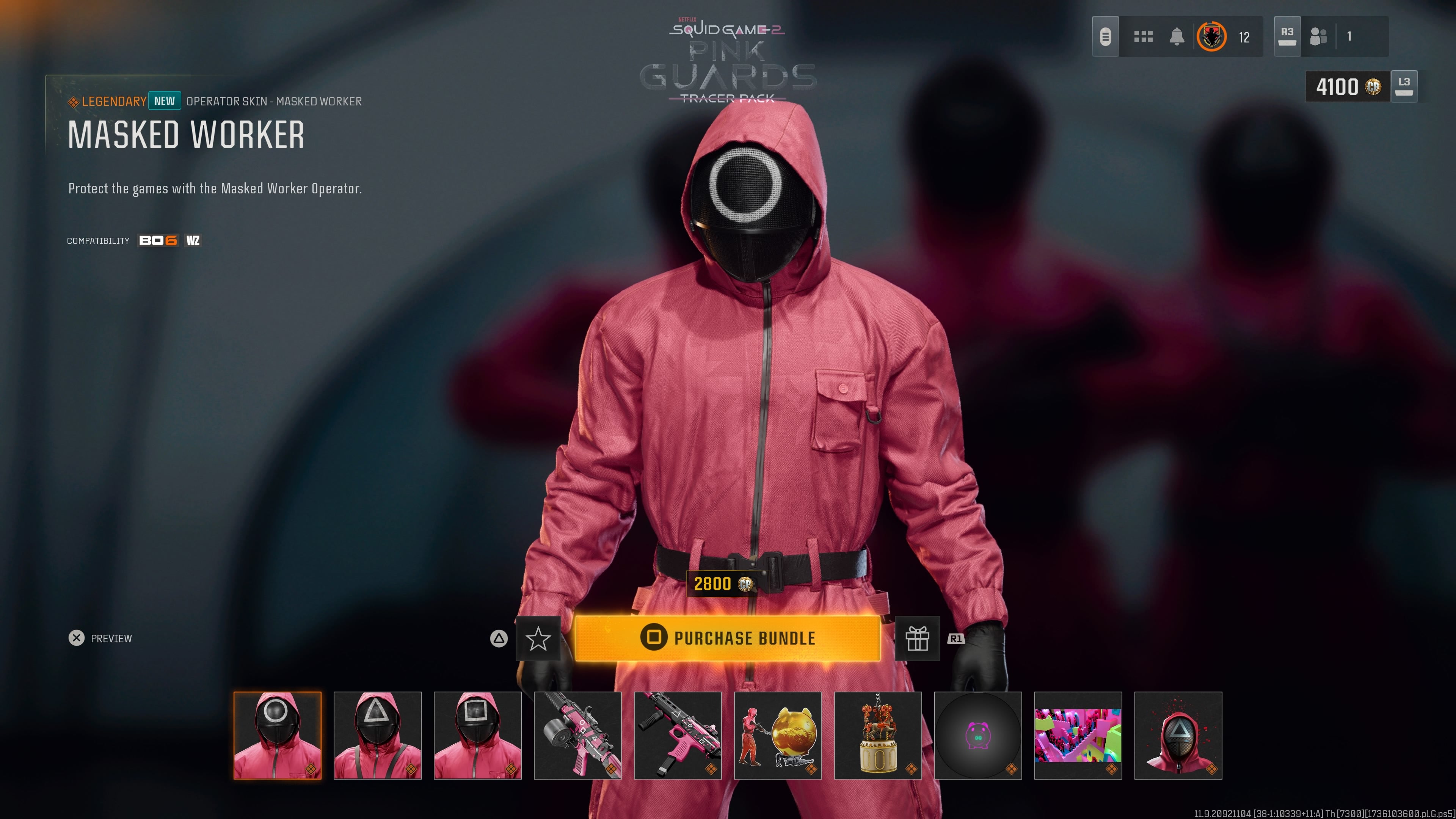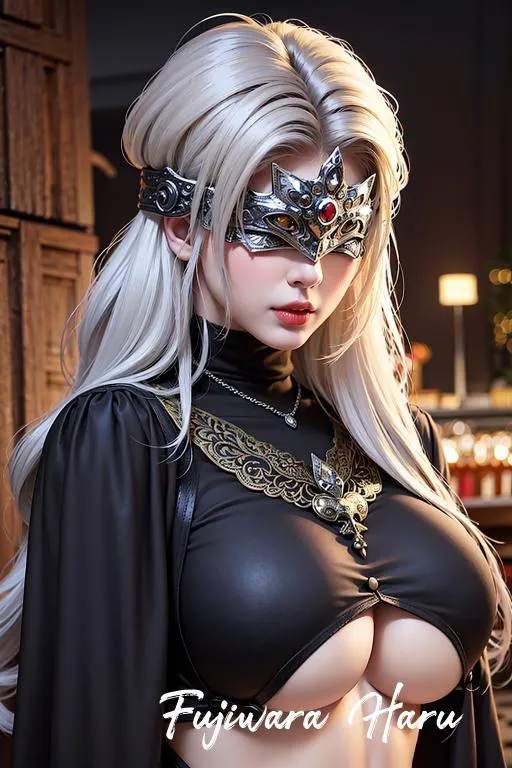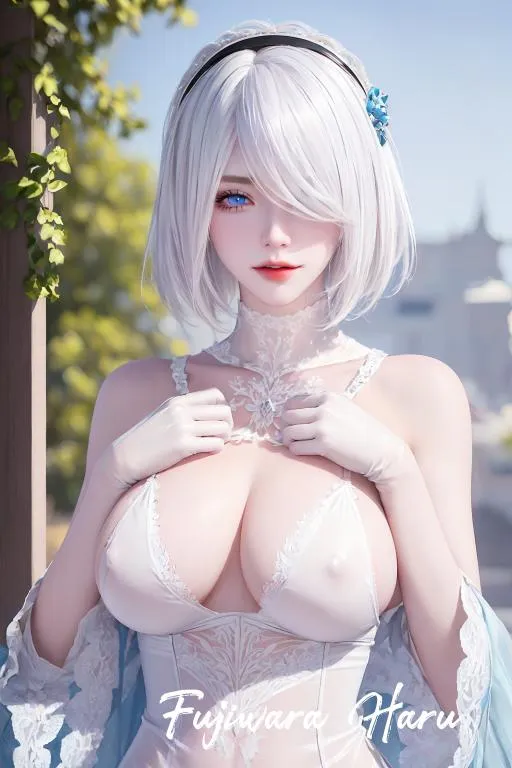
While director Ryan Coogler’s new film Sinners is ostensibly a vampire horror film, what makes it a truly unique cinematic experience is how it brings a distinct time and place to life (Mississippi in the 1930s) while using the blues – once blasted by preachers as “the devil’s music” – to explore the lives of its largely African-American cast of characters, led by Michael B. Jordan as twin brothers Smoke and Stack.
“In addition to the hemoglobin vampires crave, Sinners has music flowing through its veins, starting with the blues that Sammie [Miles Caton] and respected local musician Delta Slim (Delroy Lindo) are hired to perform at Smoke and Stack’s place,” Eric Goldman wrote in his rave Sinners review for IGN.
“Coogler uses this as a focal point for a larger look at how music means so much to people of all walks of life, bonding them across generations, even when they themselves don’t ponder the lineage at work. Remmick (Jack O’Connell), the charming and charismatic leader of the vampires, provides a fascinating parallel to all the amazing blues on the soundtrack: The Irish folk tunes of his ancestors factor into Sinners, too, in continually bigger and bolder ways.”
Coogler thus uses two forms of traditional music – African-American blues and Irish folk – as a way to illuminate the respective painful colonial pasts that the humans and the vampires share. Both forms of music receive bravura set pieces at different points that, as Goldman puts it, makes Sinners “musical adjacent” and “lets us both see and hear how music reverberates through time and immortalizes the people who make it.”
I recently chatted with Ryan Coogler about Sinners’ use of blues and Irish music, its standout set-pieces, and why the vampire villain of Sinners was as personal a character for Coogler to write as Killmonger was in Black Panther. (The following interview has been edited for clarity.)
IGN: Can you talk about what blues music means to this world and these characters?
Ryan Coogler: What it means to the characters is, I think it's an affirmation of that full humanity. And it goes hand in hand with church, which is why it has that genre of music. That's some of the first music that's known in the United States. We call it the devil's music. And it was a lot of judgment lofted against that music and the culture surrounding it. But I think that the church is for the soul, but the blues music is for the full body. The soul and the flesh. It acknowledges the flesh and the pain that comes with a situation, the sexual desire, the anger. The whims of the flesh and the soul are acknowledged there. I think that the music is an affirmation of humanity. It's a rebellion against the situation that these people were in. And had been in generationally. But it's also a celebration of that beauty. It's the full dose, the full human condition. Whereas, the church is somewhat edited, the bad parts cut out.
And there's an inherent room for the accusation of hypocrisy there when you cutting out the bad, and not acknowledging the bad. There's no hypocrisy in the blues as it was. It accepts you. It says, "I'm a bad man, I'm a piece of shit." I'm married, but this woman here? I like her too. It's an acknowledgement of all the flaws, but also, the soul is there too. I think that in the juke joint, which is the box that people can go and listen to the blues, it's a safe haven to be fully yourself. A place where maybe you don't got to hide what you really want, what you really desire, who you really are. It's hard to be sexy in a cotton field. But I can show that part on myself here.
IGN: What’s your read on the vampire community? They bring all these people of different races and backgrounds together but now they’re a collective rather than individual. There’s probably a lot of ways people could interpret what that means.
Ryan Coogler: Look, I love this movie, man. And for me, I want to give it to audiences as raw as I can. For me, as soon as April 18th comes, man, it don't belong to me and Zenzie and Sev and the filmmakers anymore. It's you guys' now. And I wanted it to be fully for the audience, man. And whatever people see in it, it should have its validity. I will say that I wrote... The Killmonger that's on screen [in Black Panther] is from my heart, in that movie.
I've never felt about an antagonist how I felt about Remmick. I just loved writing him. And I loved directing Jack and his choices. And for me, my heart is very much with that character. I wanted the character to be a master vampire. Because there's just so many different ways you could take vampires. You have the horde, where there's an old leader. Or you could have the band of vampires where the leader is not as clear. It's more egalitarian. And you meet them all together, like Kiefer Sutherland's character in Lost Boys. He's obviously the leader, but you meet them together. They're already a fully formed group.
For this one, I was interested in meeting the one and watching the group develop. And learning more about him as the movie goes on. But I love this character. I love him presenting as one thing. Not just in terms of the vampirism, but presenting at one thing and being something completely different. Their fear of him being this racist guy, and learning that his view on race is the opposite. That, to me, was very powerful. If he actually identifies with these people. These are the people he wants to hang out with. And that, for me, it made me so excited because I hadn't seen that just yet.
IGN: My two favorite sequences in this movie are the two big showstopping musical set pieces. The juke joint one and then the vampires get theirs too.
Ryan Coogler: Mine too. The movie's about that. The movie's about what (Remmick) said is fellowship and love. The movie doesn't work without those scenes, to understand what it looks like. And these are people who, due to the circumstances of the imperial structures that were attempting and would be successful in dominating these people. They weren't allowed to do this for a reason. When you talk about [Irish] step dance, it was an act of rebellion. In the form of it, the stiffness of it that we come to know, it's because it wasn't allowed. For this character to come find his way to Clarksdale in 1932, who does he identify with? Where does he want to spend Saturday night?
Those questions, for me, it just fired me up, bro, when we were making it. Because this is a cynical audience we're releasing this movie too, bro. 2025, bro. People seen it all. And I want to give the audience an experience that I had at times that weren't as cynical. When I walk into a theater and I'm in the drive-in in the early ‘90s and nobody has seen a dinosaur next to a jeep. Nah, I was like, "Wait, what?" A dinosaur in an industrial kitchen. I wanted to give all the audiences that feeling, if I could, in this vampire movie.
IGN: The juke joint sequence is particularly amazing because it's staged as a one-er. You're playing with time, and you're showing the cultural crossovers too. Visually, you're showing us how music is timeless, or at least what it brings out in people is timeless. At what point did you realize you wanted to play with time in that scene?
Ryan Coogler: It was during the writing process. But also realizing that just vampirism wasn't enough. There had to be other supernatural elements to this. And if I could, through cinematic language, portray what it feels like because it's a human experience. Everybody's had this feeling, man. Every human adult has had the feeling of seeing a virtuoso performance, and being in a room with people who understand what they're seeing. Because somebody who doesn't have the cultural context [could watch] a virtuoso performance, and they can appreciate, hey, this person's really good at the piano finishes. But they don't understand why, and what he's trying to say. And who he's trying to say it to. It feels transcended, it feels like you coming out of your body.
And you'll hear verbiage from people describing it, "Oh, my God, man, this dude tore the house down." Or, "They blew me away." Or they shredded the place down. It's always a destructive description of what happened. But you understand, man, I missed something major. They don't even have the words for it. For me, I speak the language of cinema. That's my job, that's why I'm here. How do I, through the tools that we have, how do I communicate that feeling to the audience but through the way that only cinema can? That's my job.
Every time somebody green lights one of my movies, that's my gig. And in that moment it's like, well, how do I show this? And the why. Why did juke joint culture develop in the 1930s? And it's because these people were denied this. And they were born at a time where they weren't going to see more freedom. That was their luck. This is what they got. Maybe their grandkids will,. And how cool would they be if the music is just right, they can party with those grandkids?
IGN: There’s that second tour de force musical set-piece later, and it's from the vampires’ perspective using traditional Irish folk music.
Ryan Coogler: What I love about Irish music, bro, it's always a hidden contrast in it. “Rocky Road To Dublin” is a heartbreaking story. But it's saying with all this crazy vigor that the contrast of it doesn't totally make sense. And he's talking about ghouls and goblins. He's talking about fighting monsters. He was like, "Oh, y'all, the vampire is talking about how you got to fight ghouls and goblins." It's like, yo, this should be perfect. I think it's a mastery of contrast, bro. Irish folk music and dance. The same way that delta blues music is. When you have these people that are from a land of agricultural abundance, and they know these fields. And they forced to work these fields, but at the same time that humanity is being denied, and they forcing the poverty. Just that contrast, that concept. That contrast permeates everything. At the funeral, we sad, but we going to dance. You could say that about African culture, you can say that about Irish culture. We going to get a ton of shit, we're not going to cry about it.
IGN: Have a party.
Ryan Coogler: We not going to let them see us cry. That whole thing. We going to have songs with hidden meanings. I can sing this song while the British look at me and they won't know that what I'm saying it actually is. That connection. This guy, this vampire happens upon people who don't look like him, but he could give a fuck what they look like. He's a vampire. What they're going through, he knows like the back of his hand. That was fashion. That got us all excited. That's filmmaking.
Sinners opens in theaters and in IMAX on April 18th.


